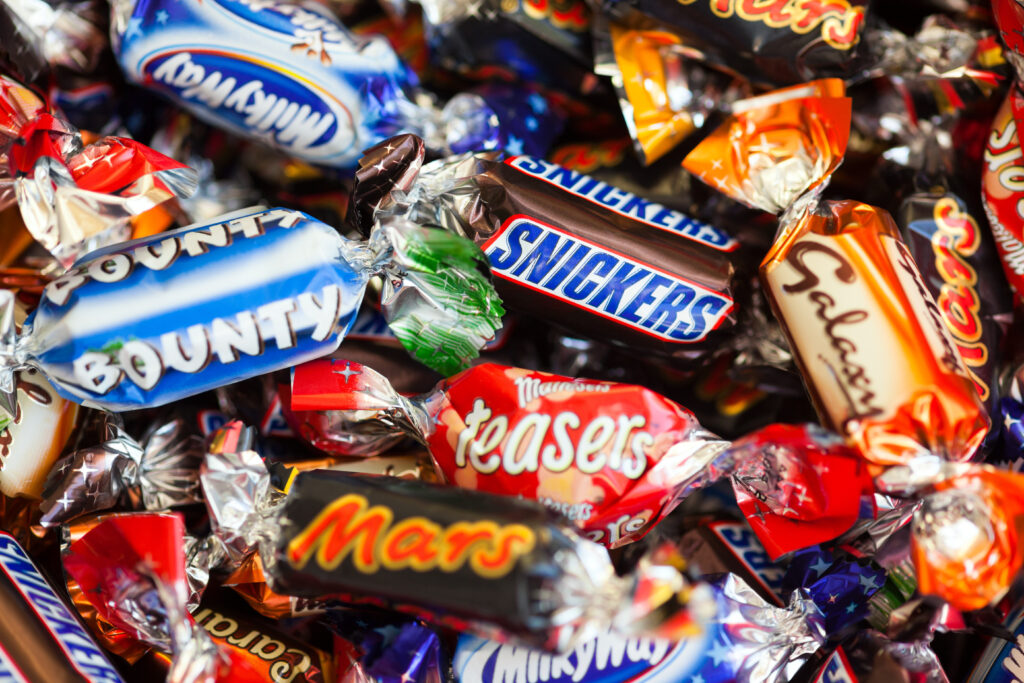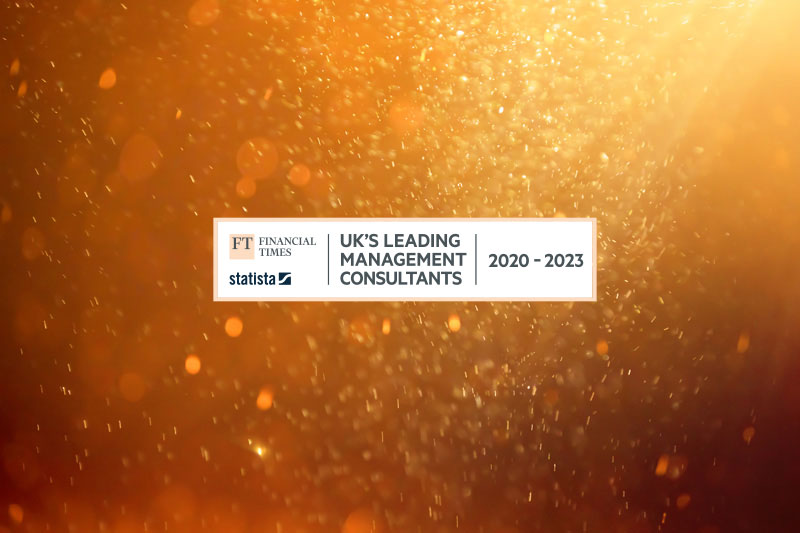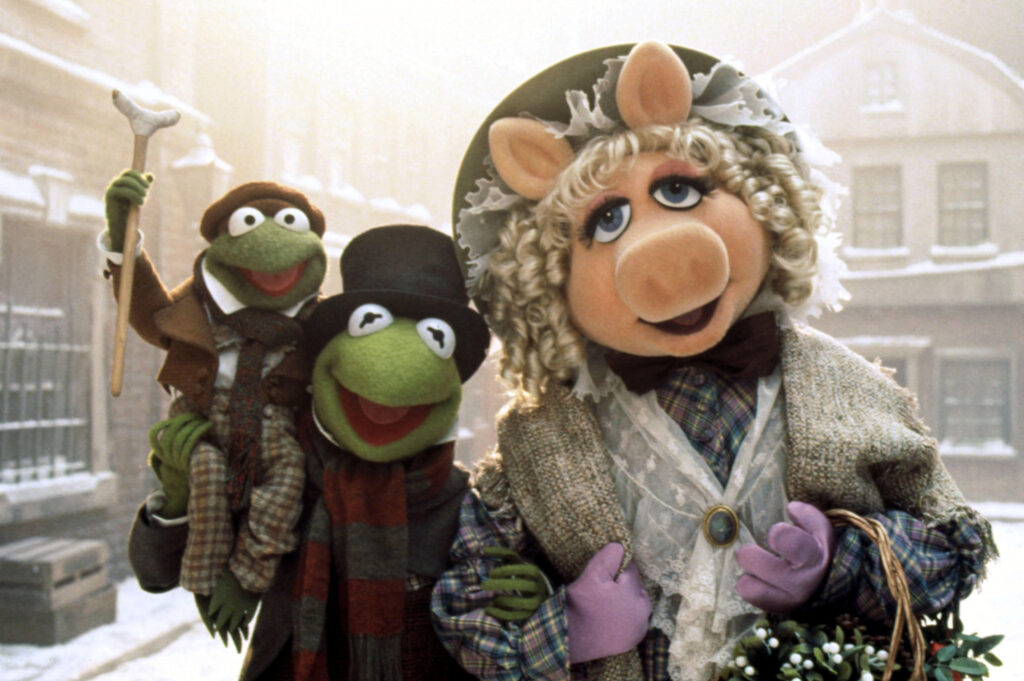Brand new brands or new brand positioning, it’s still the same old story…
In 1922, Queensboro Corporation paid $50 for 50 minutes of airtime to sell apartments and the world’s first radio commercial was born. In the succeeding century business marketing has evolved to almost unrecognizable levels and brands in particular have transformed their role and relevance.
Some brands have cemented themselves into the foundations of our lives, whilst others have fallen from spectacular heights.
But though there has been a remarkable transformation in the nature and role of brands, the fundamental things still, as the song goes, apply. Here’s the things that haven’t changed. Spoiler: they’re all about differentiation and distinctiveness.
Be different
“There are three rules of branding” said Robert Goizueta the legendary CEO of Coca-Cola: “Differentiate, Differentiate, Differentiate”. The meaning and relevance of the concept of differentiation has been debated by marketing geeks in the last few years. But by law, brands exist to protect the consumer and the supplier by ensuring they are differentiated one from another.
Start with your name
Brand differentiation is still primarily through the brand name – and the rights to exclusive use of your name is guaranteed by trademark law. For a brand new brand, or a repositioning of an existing brand, the challenge is for customers to see something in your name that nobody else has in your market. To stand out, a business has to be different right from the blueprint stages. And to be legally protectable, it has to be different from any generic terms that apply to your market whilst capturing the distinctive aspects of the goods or services. So, if the distinctive aspect of your delivery service is speed, you nevertheless could not register and protect as a trademark the word ‘fast’ or ‘speedy’. You would have to add another word or create a neologism like ‘Fastrak’ or ‘Speedline’. Anything to differentiate it from the generic term which other companies, who could show that their delivery service is also fast, could be allowed to use. Rebranding or repositioning exercises also face this same challenge. How does your name add or detract from the first stage of the customer experience – standing out from the crowd?
Let your logo help
Consumers need help through brand differentiation to find what they are looking for quickly on the shelf or on the street (think MacDonald’s). We can all think of brands that we recognize and thus are able to differentiate purely on their logo alone. In fact, so distinctive are their logos, we don’t even need to see the whole thing – one letter or one half of the logo will give us the clue we need. Just a sight of the top of those Golden Arches viewed 500 yards in the distance will have a child pestering parents. There are so many examples of this (the chunk out of the side of the Apple logo, any of the three letters of IBM, or just the D of Disney) that there are board games and online quizzes based entirely around guessing the logo. To achieve that recognition, your logo not only needs to be distinctive by design but also used continuously and constantly everywhere you can.
Words still work
When creating the copy that captures how you differentiate, it is crucial that the copywriters are fluent in the customer experience. Knowing what the customer can expect lends itself to more accurate and ultimately more powerful brand lines and slogans. If your brand looks to embolden or empower the customer, this has to come through the brand lines and the brand promise. The concept of ‘empowerment’ currently epitomizes numerous brand positions from different industries including Nike, British Airways, Audible and Peloton. The copy captures the natural sense of customer curiosity and in-built aspiration. Your words should look to continue the conversation between you and your customer. If Nike had chosen ‘you can do it’ the brand would have felt completely different. The word ‘just’ changes everything. Every word matters in your brand lines and slogans. Every single fucking word. (You see, one word can change the whole feel).
Colour for numbers
What role does colour play in your new brand or rebrand? Surprisingly, colour is as important as ever for new brands and brand repositioning. When Coke chose red and then Pepsi chose blue, they established the rules of a game that is played in any market anywhere. Netflix (red) vs Amazon Prime (blue), McDonald’s (gold) vs KFC (red), booking.com (blue & white) vs hotels.com (red & white)… the list goes on and on. Some companies fight to protect their colour through trademark law, like Cadbury’s purple. Others chose colour as their brand name, such as Orange telecommunications. Choosing colours will almost always involve tacking against your competition’s distinct colours. Setting yourself up as a carbon copy will pretty much guarantee you’re always perceived as an imitation. This might turn a profit over a short period, but don’t plan for a long stint in the market. Set yourself apart as much as you can. Colour is still a powerful differentiator.
Typeface adds value
We might be familiar with the business story of Apple founder Steve Jobs, but one of the lesser-known tales concerns the brand’s typeface or font. Steve Jobs dropped out of Reed College, but during his time there he took calligraphy classes which laid the foundations for arguably the most distinct computing typeface of all time. Apple had a higher standard than existing computer companies across their typeface and finishing of text. They prioritized it. Their products looked and felt more luxurious because of it. There is no doubt that the simple notion of ‘typeface’ played a huge role in uniting the apple product range. It’s an aspect of the Apple story that Steve Jobs often referred to during his career. Don’t forget the font.
Be meaningful
Of course those components alone do not make up the entirety of a brand. They may well set a brand up as something ‘different’ to an existing pack, but that’s just the first step in a long race. The truth is you need to both differentiate and deliver distinctive value.
As consumers we have never spent our time thinking deeply about the various claims to differentiation with which companies bombard us. Rather, when contemplating a brand, we have always connected with a feeling or an association, something distinctive underpinned by a specific set of features or benefits – something that made us feel good and maybe gave us something to talk about.
‘Meaningful’ differentiation is the reason you buy or prefer a brand because of something that they do which particularly appeals to you. And this is where the overlap with genuine distinctiveness occurs:
Do it better
Most people choose to fly Ryanair because of price. But it is not the only low-cost carrier and sometimes it might not even be the cheapest on any given route. But low price is a distinctive part of the Ryanair brand. It might not differentiate them technically or legally in the way that the Ryanair brand name and associated trademarks do, but it distinguishes them so significantly that it contributes to an overall sense of difference in the market that gives people a reason to choose them. One of the other reasons why pricing distinguishes Ryanair is because generally they do it better than others. And being ‘better’ or at least being perceived to be ‘better’ is a differentiator.
Create a culture of excellence
In the automotive industry, German cars have a perception of being better ‘engineered’. BMW, Mercedes-Benz and Volkswagen have collectively benefited from the decades of focus on quality performance through engineering and also from the general perception that Germans are good at high quality engineering and production.
Some of these perceptions can be tested and proved. It was Karl Benz who, in 1879, first patented the internal combustion engine and then in 1886 received a patent for his first automobile. Fortune magazine wrote that the German automakers’ brand strength was founded on their focus and commitment to engineering excellence. For example, BMW had a goal of building every vehicle with a 50–50 weight distribution. And Fortune also noted that ‘Engineers occupy a high pedestal in a country that prizes technology and craftsmanship.’ The culture of the country supports the perception of the customer – so how does your brand culture make you distinct?
Connect emotionally
Byron Sharp, in the book How Brands Grow refers to ‘meaningless’ distinctiveness rather than ‘meaningful’, by which he means that people like a brand simply because they like it. They might summon up some post-rationalization of their preference but essentially, it’s an emotional choice. Sometimes the choice may have been made in childhood so long ago that they cannot remember why, let alone when they first chose the brand.
We don’t really like the phrase ‘meaningless’ distinctiveness because it suggests that an irrational or emotional motivation is not ‘meaningful’ or valuable. We’d argue that emotional motivation is extremely rational; it might not seem logical, but it is rational. Fear, love, hate, kindness all stem from perfectly rational responses to situations or people. Nostalgia, a sense of personal identity and a sense of belonging to or a shared way of looking at the world with others, are all also perfectly rational for human beings. If the perceived connection between your brand and your customer is ‘meaningless’, don’t assume it isn’t real or valuable.
Just do you
Name, logo, copyline, colour and font, cannot be overlooked. They matter and will always matter in any market. But there is another force at play – being distinctive as well as different.
As consumers, our approach to choosing brands, based on an overall sense of their distinctiveness rather than a series of specifically differentiated features and benefits, applies to every sector. From our local supermarket to our online retailer, our preferred airline to automobile. The truth is we have never had much time to interrogate the differences between the brands, and increasingly we have less time and more choice. In this market context, being memorable and being meaningful are what matters most.
What do the right components look like for you? Choosing the right components for a brand will depend entirely on the market, company size and your long term brand vision. Although the journey to brand launch for an SME will look a whole lot different to a global sports stadium acquisition firm, the rules remain the same and have done for more than 100 years.
Any brand should nail down the essential brand components, but the magic of strong brand strategy is in being both different and distinctive repeatedly, relevantly and authentically over time. Just do you.
The above article was based on the book Myths of Branding by Simon Bailey and Andy Milligan.
Thank you for reading about the things we love. Caffeine is unashamedly obsessed with all things brand, whether it’s strategy, positioning, rebrands or launches. Check us out at https://thisiscaffeine.com/




